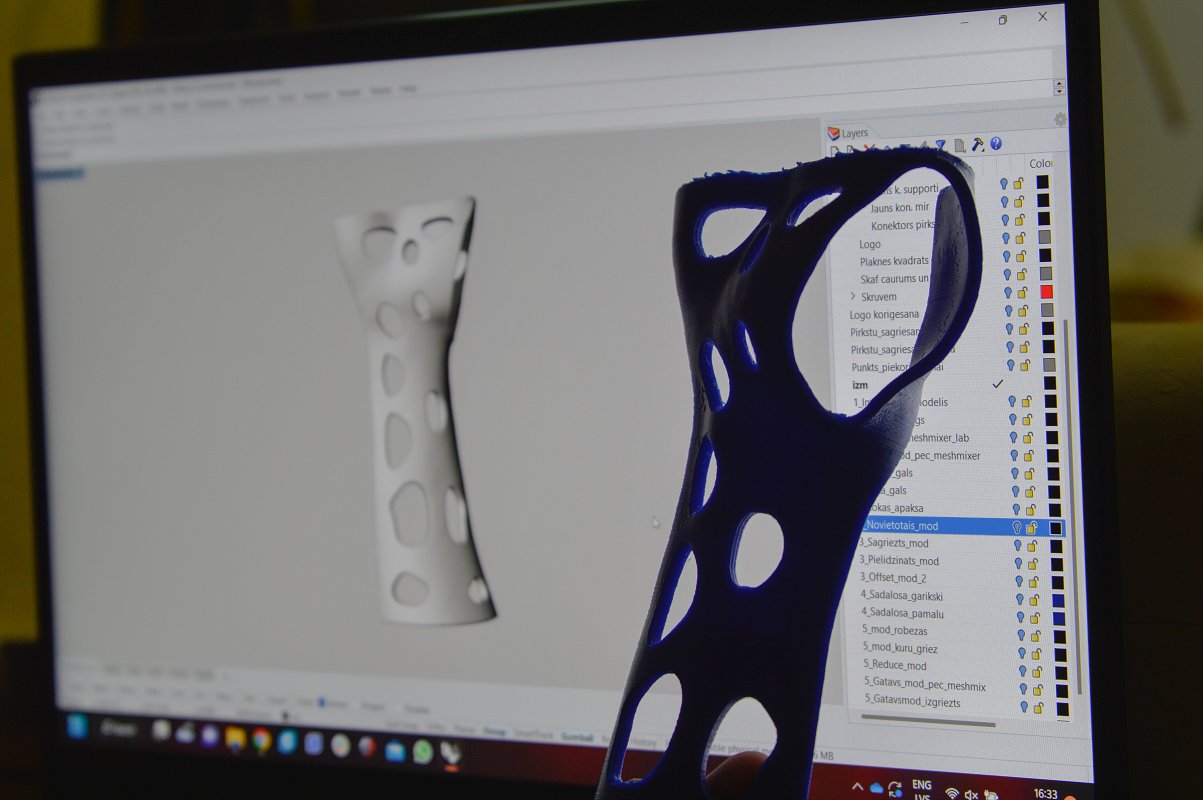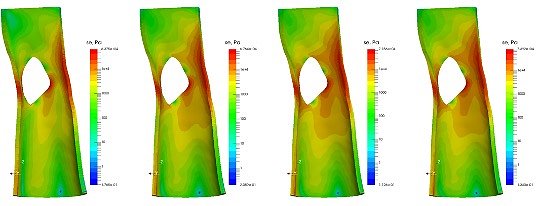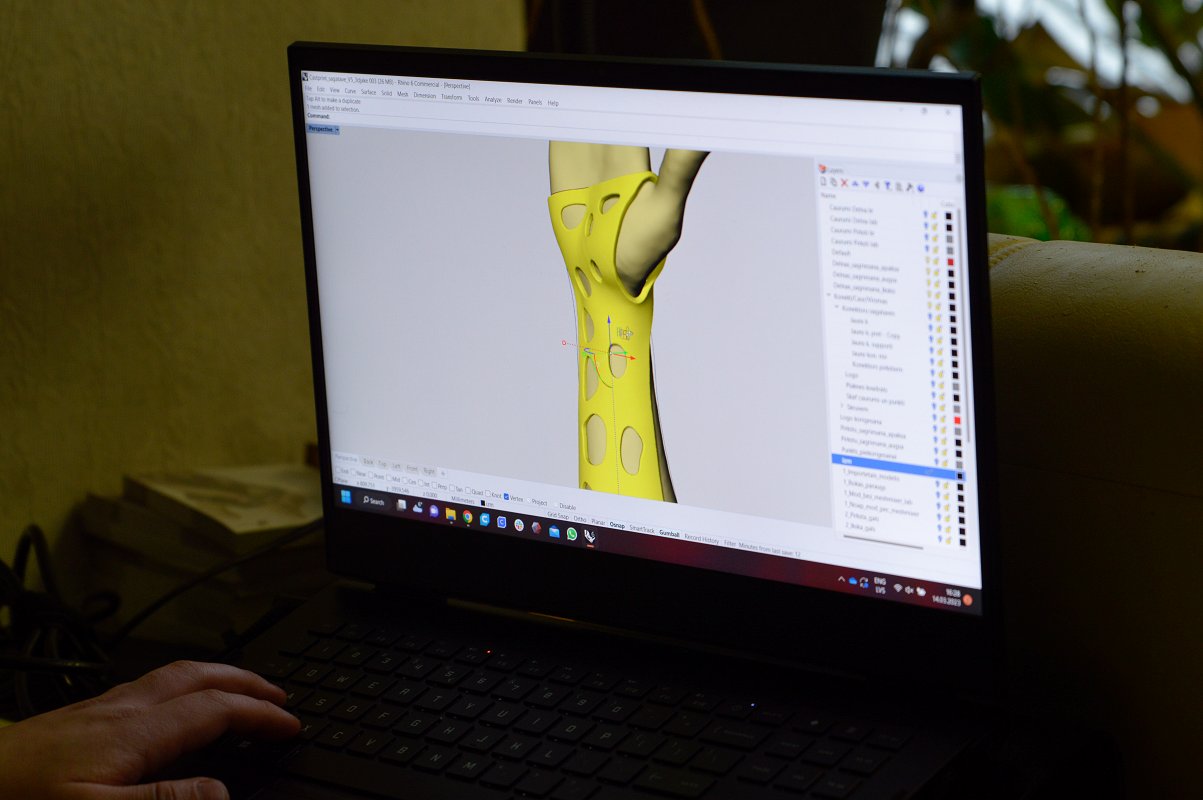Application of HPC Tools for the Optimization of 3D-Printed Orthopaedic Devices
3D printed parts are used in orthopedics and prosthesis production to reduce device weight. CastPrint, in cooperation with doctors, is uniquely solving immobilization of fractures (without dislocation), for example, replacing traditional plaster with an individually made lightweight, safe, waterproof, and ventilating 3D printed cast. The biggest challenge in scaling and exporting the CastPrint service abroad is maintaining high precision and quality of 3D designs of the assistive devices at a rapid increase in demand both locally and abroad.
SECTOR: Healthcare
TECHNOLOGY USED: HPC
COUNTRY: Latvia
The challenge
Plaster of Paris (PoP) casts have been used in fracture treatment for over 150 years and are still considered a standard practice in most cases. In recent years, patient-centric healthcare and patient well-being has become more important than basic healing, thus demand for improved solutions is constantly increasing. Thermoplastic and fiberglass casts have been in use for a considerable period of time, but their effectiveness and value-added benefits are limited since the application of these casts is time-consuming and requires a significant amount of material. Driven by patient demand for better solutions, CastPrint has provided custom-made 3D printed medical devices to their clients - healthcare institutions - since 2016.
The challenge is that the creation of these 3D printed medical devices, while many times faster than traditional casts, is still time-consuming and limits the capacity of production due to the number of manual operations performed by the designers. Since the 3D scans used for production contain huge numbers of surface elements, processing the data on typical office computers is both slow and often unreliable, with software crashes resulting in data loss and delayed delivery to patients.
The solution
To address the identified challenges, the experiment partners have chosen to integrate parametric model optimization into the design process of the medical device. This involves using simulations to determine the most efficient shape for the cast, which in turn reduces the amount of material required and shortens printing times.
Using HPC enables increased computational power and resources compared to a desktop workstation. This enables faster and more effective simulations, automating certain aspects of the design process and ultimately reducing the time spent on it.
Business impact, Social impact, Environmental impact
Product time to end user decreased by 25%: This is achieved through shorter design and print times for the ordered 3D printed medical devices that reduces production costs by up to 15% and increases production capacity by 25%. Reducing the time between scanning and printing opens opportunities in new markets.
Shorter printing times and less material used result in lower costs and thus CastPrints become more accessible for patients.
Despite the fact that CastPrints are made out of Poly-lactic acid plastic that is made from sugarcane and is biodegradable, a 25% reduction in plastic use means less plastic waste. Similarly, a 25% decrease in printing times results in less electricity consumption used in printing the device itself. This contribution to the reduction of plastic waste and electricity usage is combined with improvements to the durability and wearability of the product.
Benefits
- A 20% decrease in labor hours for cast design, which also reduces the risk of human error.
- The use of topological optimisation reduces material used in production by around 25%.
- Reduced production time by 25% through material optimization and shorter printing durations.
- Up to 15% reduction in production costs for CastPrint achieved through decreased print hours, electricity consumption, and materials usage.
- Increased production capacity by up to 25% at CastPrint.
Organisations involved:
End User: CastPrint SIA
Expert: Institute of Numerical Modelling, University of Latvia
HPC Centre: Riga Technical University
Partners Riga Technical University and Institute of Numerical Modelling, University of Latvia are part of the Latvian NCC.




